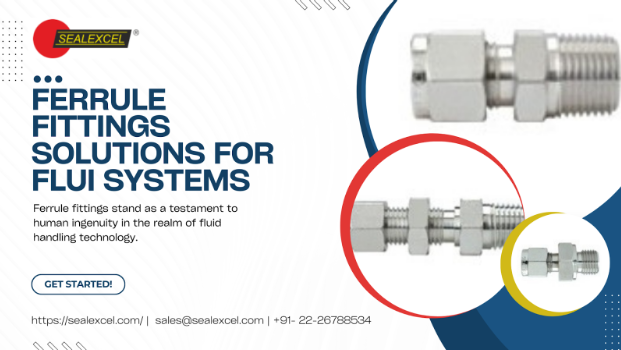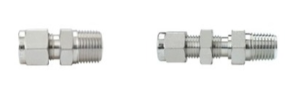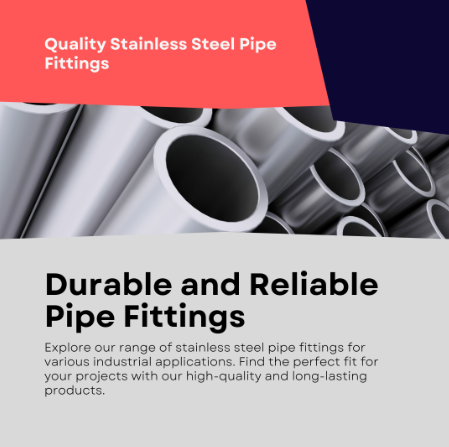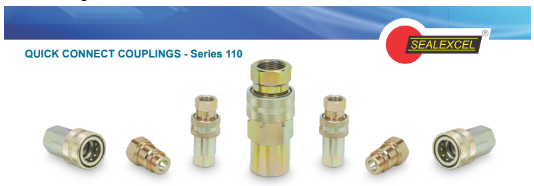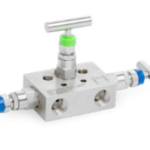
Examining Applications of Manifold Valve: Creative Techniques
March 13, 2024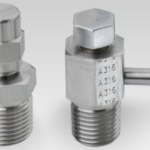
Purge Valve: Keeps Your System Clean with One Click
April 3, 2024Introduction: Hey there, fellow fluid system enthusiasts! Today, we’re embarking on a journey into the intricate world of ferrule fittings. These unassuming yet indispensable components play a pivotal role in ensuring leak-tight connections across a myriad of industries, ranging from humble household plumbing to the complex infrastructure of pharmaceutical manufacturing. Join me as we delve deeper into the inner workings and widespread applications of ferrule fittings!
Section 1: What are Ferrule Fittings?
Ferrule fittings, often hailed as the unsung heroes of fluid systems, are specialized connectors designed to establish secure and leak-free joints in piping and tubing applications. At their core, ferrule fitting consist of a nut, one or two ferrules (also known as compression rings or sleeves), and a body. The ingenious design of these fittings enables them to form a tight seal between the tubing and the fitting body, ensuring the integrity of the fluid system.
Section 2: How Do Ferrule Fittings Work?
To understand the magic behind ferrule fittings, let’s take a closer look at their assembly process. Imagine you’re tasked with connecting two sections of tubing in a hydraulic system. After ensuring that the tube ends are clean, smooth, and free of imperfections, you slide the nut and ferrules onto the tubing. As you tighten the nut onto the fitting body, the ferrules are compressed against the tube, creating a secure seal that prevents any leakage. This compression fitting mechanism relies on the deformation of the ferrules, which conform to the tube’s surface to establish a reliable connection.
Section 3: Advantages of Ferrule Fittings:
The adoption of ferrule fitting offers a multitude of advantages, making them the preferred choice for critical fluid handling applications. Firstly, their leak-tight performance provides unmatched reliability, crucial for systems handling hazardous or valuable fluids. Additionally, ferrule fittings exhibit exceptional resistance to vibration and thermal cycling, ensuring stability and longevity in demanding environments. Their reusable nature and ease of installation further enhance their appeal, reducing downtime and maintenance costs for operators.
Section 4: Common Applications of Ferrule Fittings:
From residential plumbing systems to sprawling industrial complexes, ferrule fittings find extensive use in a wide array of applications. In residential settings, they facilitate the installation of water supply lines, ensuring a steady flow of clean water to households. In the industrial realm, ferrule fittings play a vital role in hydraulic and pneumatic systems, where precision and reliability are paramount. Moreover, industries such as oil and gas, chemical processing, food and beverage, and pharmaceuticals rely on ferrule fitting to maintain sanitary conditions and uphold product integrity.
Section 5: Maintenance and Troubleshooting:
While Ferrule fittings are renowned for their durability and reliability, proper maintenance is essential to uphold their performance over time. Regular inspection of fittings for signs of wear, corrosion, or leakage is recommended to identify potential issues early on. In the event of a leak or malfunction, troubleshooting techniques such as adjusting torque settings or replacing worn components can often rectify the problem swiftly. By prioritizing proactive maintenance practices, operators can prolong the lifespan of their fluid systems and minimize the risk of costly downtime.
Conclusion:
In conclusion, ferrule fittings stand as a testament to human ingenuity in the realm of fluid handling technology. Despite their modest size, these fittings wield immense power in ensuring the integrity and efficiency of fluid systems across diverse industries. As we navigate the complexities of modern engineering, let us not overlook the humble ferrule fitting, for it serves as the linchpin that holds our fluid networks together. Here’s to a future where leak-free connections and seamless fluid flow pave the way for progress and innovation.

